11818
0
What Is The US News ETF Rankings?
The U.S. News Best Fit ETF list is structured to help long-term buyers determine and evaluate the effectiveness of exchange-traded funds.

Yazar: Tom Roberts
Yayınlanma: 20 Ağustos 2020 00:48
Güncellenme: 10 Ocak 2026 14:26
What Is The US News ETF Rankings?
The U.S. News Best Fit ETF list is structured to help long-term buyers determine and evaluate the effectiveness of exchange-traded funds. As all ETFs are meant to follow the underlying index (for a number of equities or commodity prices, for example), we seek to find big, liquid funds that perform consistently and may work well as part of the investor's long-term asset allocation strategy. They often analyze the costs of the assets, including those found in the widely circulated expense ratios and those suggested by the spreads in trading, as well as the degree in diversification and performance of the fund in monitoring the measure. Below, we discuss each of these steps in detail. The Best Fit methodology shall be divided into two parts. The first is how to choose the best fit ETFs. The second question is how the investments are compared and ranked.Choosing the right suit ETFs
In order to determine the right suited ETFs, we have set out parameters that we think would be of concern to daily long-term investors, including the durability, scale and suitability of the Fund for the conventional asset allocation strategy. U.S. News Best Buy ETF lists cover funds with at least one year of investment experience with at least $ 100 million in assets under administration, which restrict funds using leveraged or reverse approaches, as well as actively managed funds. Such assets are good for more action Dealers, but not for long-term casual buyers. Funds that follow any of these requirements are known as 'Best Fit' funds and are qualified for ranking. Remember that only exchange-traded and not exchange-traded notes are used in the Best Fit ETF list.Best Fit ETF Ranking
Best Fit Funds are classified within their Morningstar categories, such as Small Value or Long-Term Bond Funds. Best Fit Funds are rated by the cumulative score derived from four factor measures: the expense ratio of the Fund, the error of monitoring, the bid / ask ratio and diversification. For each factor test, funds earn a score between 0 and 100 depending on their success on that test relative to other funds. The top-scoring fund for the calculation (for example, the lowest cost ratio) gets a score of 100 for the test. The four factor scores are then weighted (see below) to produce the overall score. The final performance determines the rating of the fund in its division. Measurements of components and their weightings:- Expense Ratio (30%) : The expense ratio is the percentage of the assets of the fund that the fund manager may remove each year in order to pay for operating expenses. Lower expense ratios mean better returns for equivalent ETFs. The data is for the total annual expense ratio of the fund.
- Tracking Error (30%) : Tracking error is a function of the variance of excess returns relative to the benchmark. Excess returns are the return of the investment that meets the primary index, which is focused on a large asset class. The monitoring loss is estimated over the last six months. Benchmark indices are issued to Morningstar. Tracking error informs investors that the ETF they have bought is simply matching the results of their underlying index. Tracking error is calculated by a linear regression of the daily net asset value of the ETF to the total daily returns of the underlying index for the past six months.
- Bid/Ask Ratio (20%) : The bid / ask ratio calculates differences between offers and requests for premiums for specific ETFs. This is determined by calculating the bid price minus the ask price ('spread') for the fund by the mid-point between the bid and the bid price. Bid / ask spreads can calculate "secret" transaction costs for the ETF as well as liquidity (higher bid spreads mean lower liquidity). The bid / ask calculation is measured on a regular basis and is based on the 30-day average of the bid / ask closing spreads. Tighter stretches are granted better ratings.
- Diversification (20%) : The diversification of the portfolio is calculated by two variables; the equal weight of the 10 main securities of the portfolio and the turnover level of the fund, which is the pace by which the fund changes its assets on an annual basis. The larger variety in weightings of the fund 's shareholders allows stronger diversification when evaluating assets and decreases the risk of a few significant positions weighing down the aggregate output of the portfolio. Simultaneously, higher fund turnover will contribute to higher fund ownership costs, and the average turnover of index funds is anticipated to be low, which is why we have included turnover of our fund rankings. Although this measure offers a marginal advantage to stock funds, its lower overall weighting indicates low costs and strong index monitoring capacity would be the main determinants of the fund rating. There are two factors used to calculate diversification: the cumulative weight of the 10 main shares of the portfolio and the reported average turnover ratio for each investment. Increasing factor earns a 10% weighting to decide the total 20 percent weighting for diversification in the overall rating.
About The U.S. News Best Fit Scorecard
The U.S. News Best Fit Scorecard, given that all funds follow the Best Fit criterion (see above), provides a summary across all types of Best Fit Funds to demonstrate how the funds perform against a broader range of funds in Cost, Tracking Error, Bid / Ask Ratios and Holdings Diversity (see above for explanation of how such measures are to be determined). Funds earn total ratings in each division, with the lowest third earning the "Typical" rating, the middle third earning the "Good" classification and the highest third receiving the "Excellent" rating.Disclaimer
Data, ranks, and scores given to the U.S. News Best Fit ETFs are given for knowledge purposes only. These may not represent a suggestion to buy or sell any assets and are not meant to be a substitution for professional advice. Always seek the advice of the relevant professional with any questions you may have about any financial decisions you are seeking to make.İLGİLİ HABERLER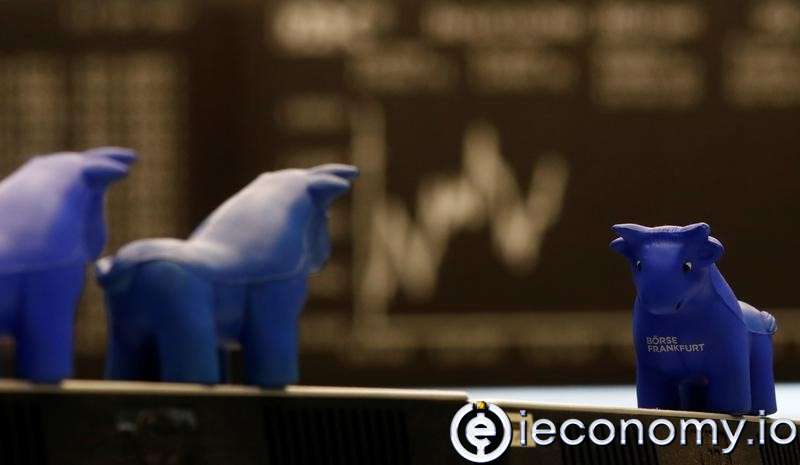
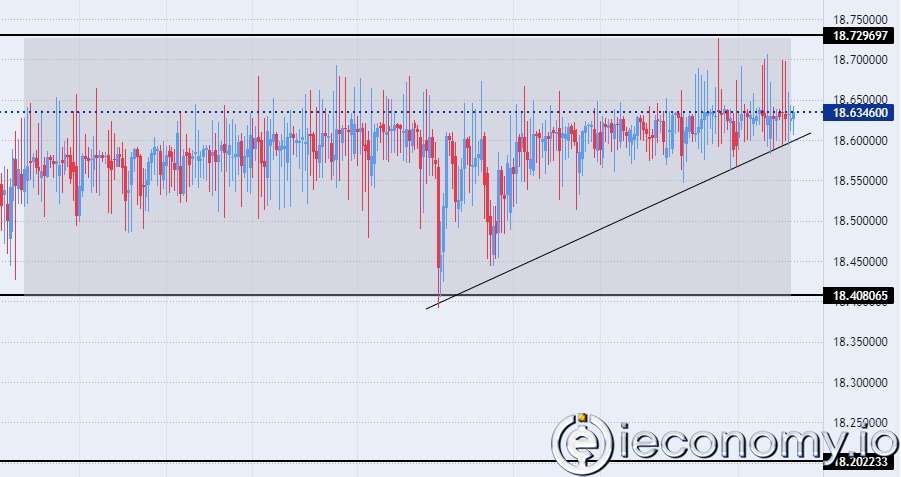
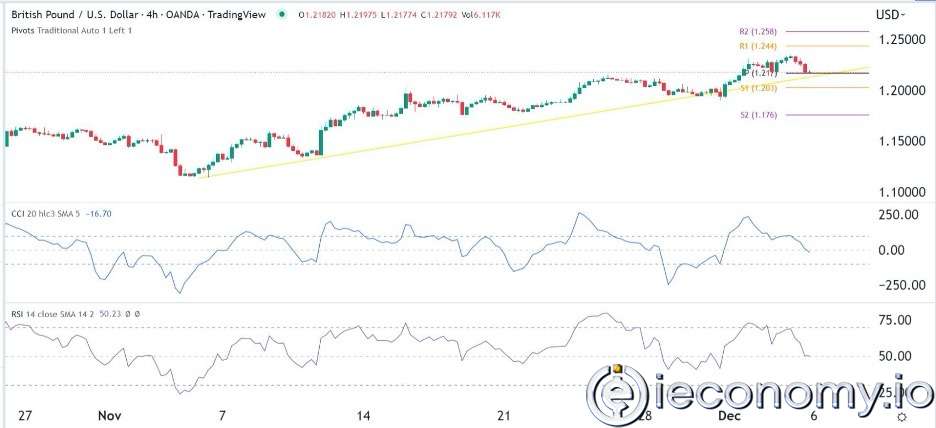
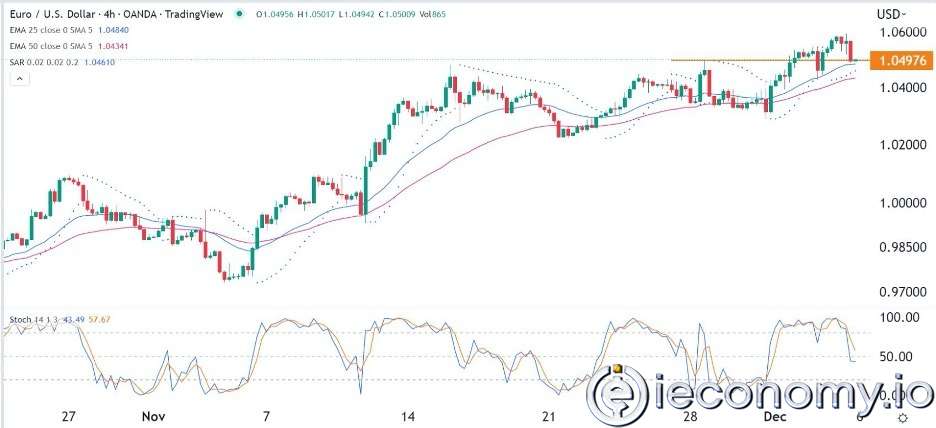
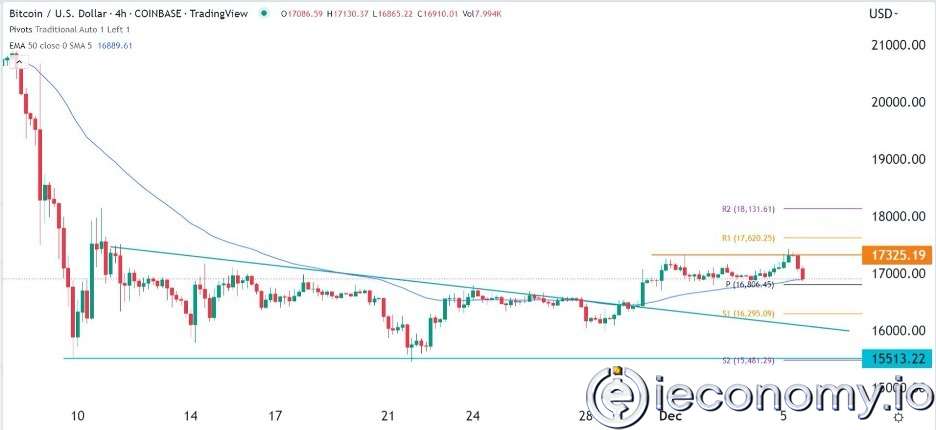

European stocks soared and focus shifted to German retail sales after Powell's speech!

Forex Signal For TRY/USD: Inflation Slowdown in November.

Forex Signal For GBP/USD: Bullish Trend Still Not Breaking While Recovery Continues.

Forex Signal For EUR/USD: Starry US Data Points to Higher Fed Increases.

Forex Signal For BTC/USD: Downside Continues as Bitcoin Recovery Moves Less.
En Popüler Haberler
Yorum Yap
Yorumlar
Henüz yorum yapan yok! İlk yorumu siz yapın...